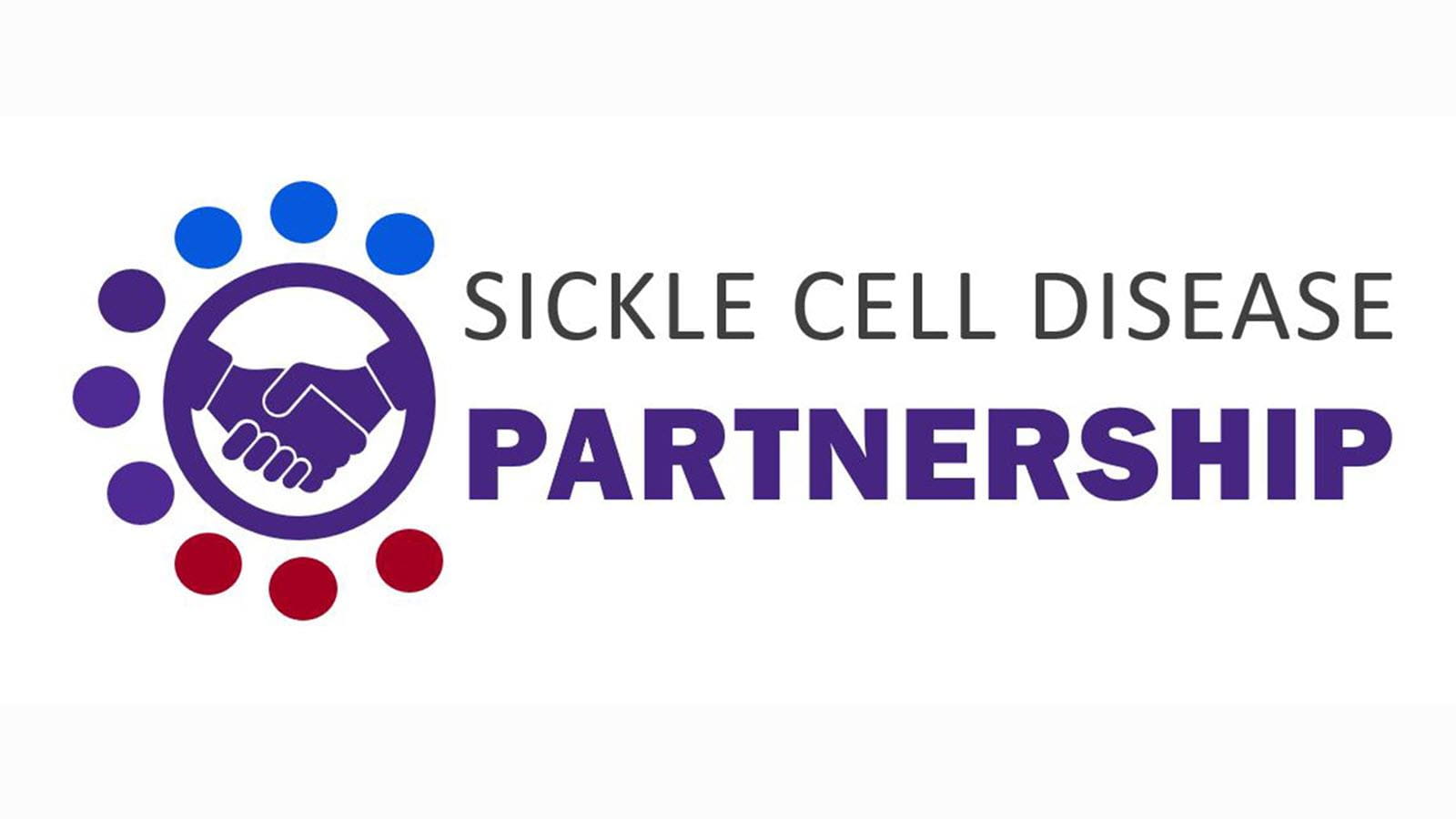CSL, a global biotech company, has joined the Sickle Cell Partnership, a U.S.-based organization that formed last year to champion policy changes for thousands of sickle cell patients.
Put simply, the nonprofit partnership wants to modernize treatment for sickle cell disease patients who live with daily pain, said Dr. Brett Giroir, a former U.S. Assistant Secretary of Health, who convened the partnership. The group’s main objective is to translate the recommendations of the National Academies’
2020 report into legislative and administrative actions in Congress and the Executive Branch.
The report found the current level of care inadequate, especially for adults, who have pain crises and then face barriers and discrimination when they seek pain relief at hospital emergency rooms. The health care system originally regarded sickle cell disease as a childhood disease because few lived into adulthood, the report said. While life spans have improved, sickle cell patients still face a difficult journey and some will die 20 or 30 years earlier than peers who don’t have sickle cell disease.
Dr. Greg Kato, a CSL hematologist who cared for sickle cell patients for 30 years, applauded the work the Sickle Cell Partnership is doing.
“People living with sickle cell disease deserve the same access to treatment as people with other rare diseases like hemophilia. This multisector partnership harnesses the combined passion of a diverse group of stakeholders with experienced public policy advocates to improve things for people living with sickle cell disease,” said Kato, who most recently worked at the Vascular Medicine Institute's Blood Science Center at the University of Pittsburgh.
Kato is among the researchers at CSL who are investigating potential new treatments for sickle cell disease. While other chronic conditions saw medical advances, sickle cell disease received less R&D and attention, leaving patients to cope with disruptive bouts of pain that get in the way of basic needs like going to school for children or going to work for adults. Stem cells transplants are one treatment option – and thousands have been done – but they aren’t the solution for every patient. The need for scientific innovation remains urgent, Kato said.
One in 13 African Americans is born with the trait for sickle cell disease, an inherited condition that is passed down from parents to children. Sickle cell disease gets its name because red blood cells form in a sickle, or half-moon, shape instead of the usual donut shape. A simplified explanation of the condition is that these malformed red blood cells “get stuck” in blood vessels, but the disease is more complex. The sickle cells and byproducts of the cells quickly break down in the body, causing organ damage and medical crises, such as strokes, even in young children.
Giroir, a Senior Advisor to the Sickle Cell Disease Partnership, welcomed the addition of CSL to the partnership, which includes other members of industry, patient groups, the American Academy of Pediatrics and the American Society of Hematology. In a short time, the partnership has made important inroads, Giroir said.
“From seeing the Medicare and Medicaid Innovation Center announce a model focused on sickle cell disease, to seeing multiple bills targeting the disease introduced in Congress, to seeing the administration and Congress contemplating additional opportunities, it’s exciting to see such progress being made to improve health equity, reduce disparities and take steps to improve outcomes for individuals with SCD,” he said.



